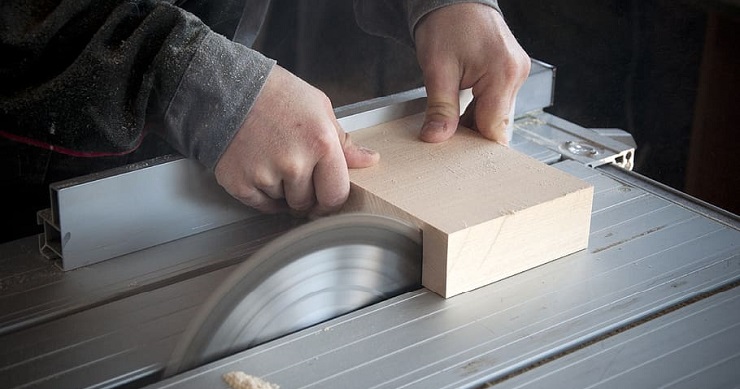Table saws are a vital tool in any woodworking workshop, but they can also be one of the most dangerous if not used correctly. It’s important to consider the location and storage of the saw, as well as its power capabilities to cut the required wood. Safety measures include wearing appropriate clothing and protective gear, never standing directly in front or behind a running saw, and always reading the manual before use. Adjustments to the saw should never be made while it’s plugged in, to avoid accidental activation.
Additional safety devices include blade guards, which prevent contact between the blade and the operator’s hands, and riving knives, which prevent kickback of the saw blade and splintering of the material being cut. Anti-kickback paws prevent material from being pushed back by the spinning blade. When cutting long lengths of material, an outfeed table or roller can help keep the material level and reduce safety risks. Using a push stick or block can also help keep hands and fingers away from the spinning blades.
Key Takeaways:
- Table saws, a critically important tool in woodworking, can be dangerous due to their spinning blade and large surface area, which can lead to serious injury if not used safely.
- Before operating a table saw, it is necessary to read the manual, wear appropriate safety gear, avoid standing directly in front or behind the saw, and ensure that the saw is unplugged when making adjustments.
- Additional safety devices such as blade guards, anti-kickback paws, riving knives, and push sticks can help prevent injuries and accidents by preventing contact between the operator and the blade and controlling the material being cut.
“Table saws are one of the most dangerous tools in a workshop. They are also one of the most versatile power tools a woodworker can own. It is important to know how to use them safely to prevent injuries and accidents.”
More details: here






